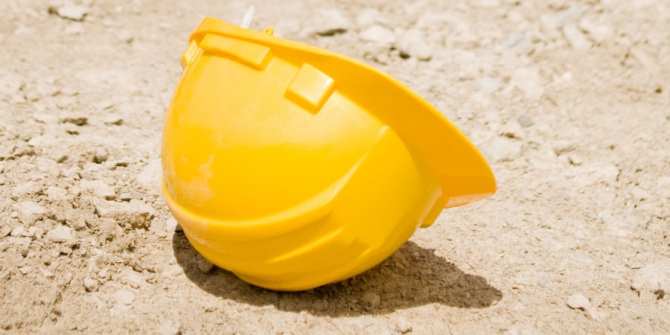As an employer, you have a legal and moral duty of care to your employees to protect them from unnecessary risk whilst they are carrying out their duties. With an increasing number of lone workers who are attacked or suffer injury each year in the UK, it has never been more important for organisations to counter the risks by deploying an appropriate lone worker system.
Choosing a lone worker system requires careful consideration of your employee requirements, infrastructure and risk levels. By asking the following ten questions you will be better informed to choose the most suitable lone worker system that meets the specific needs of your business and staff.
1. Do you need a lone worker system?
If your employees work out of the office alone, out of normal working business hours, or are exposed to high levels of physical or environmental risk, they need to be provided with the right level of protection. LoneALERT’s solutions provide a range of devices to suit every situation.
2. What is the nature of the risks your lone workers will encounter?
The level of risk encountered by your lone workers will help to determine the type of lone worker system required. Typically, lone workers fall into three categories:
i. Public facing: such as nurses, social workers or charity workers facing the public
ii. Mobile: lone workers who are not based in a fixed location
iii. On Site: construction or factory workers based on site but with limited contact with others
The nature of each job and the level of risk involved needs to be taken into account when choosing a system to ensure that the most appropriate device is used depending on the situation.
3. Have you spoken to your employees?
Involving your employees in what device they are most comfortable using will also help to shape your requirements. After all, they are the end users and have a better understanding of the potential dangers they face and the concerns they have about their personal safety.
4. Will the lone worker system be managed internally or outsourced?
Your employees must be confident that there is commitment and support internally so that appropriate action can be taken if they find themselves in a threatening or dangerous situation. Some organisations have the resources to self manage their lone worker system, whilst others may need the experience and reliability of a dedicated alarm centre.
Assess the cost effectiveness and feasibility of a self-managed lone worker system compared to the cost of outsourcing it to a third party.
5. Do your lone workers work remotely?
A device that operates through a smart phone may not be the ideal solution for workers who find themselves in remote geographic locations with unreliable mobile signal. LoneALERT offers a GPS tracking solution, which plots and sends a GPS position record even in areas where there is insufficient mobile signal.
6. How much training is involved?
Lone workers require the right training to recognise danger, take appropriate action, and be confident using the device. Consider the complexity of the lone worker system against the features it offers, and how much training is required so that all your lone workers feel comfortable using the device.
7. How will the system integrate with your existing IT and telecoms infrastructure?
Integrating a lone worker system seamlessly with your existing IT and telecom infrastructure can help drive operational efficiency and improve emergency procedures. Consider how a lone worker system might integrate with your existing systems to ensure you can effectively monitor the safety of your lone workers.
8. What is the procedure in the event of an emergency?
Be clear on what the process will be if a lone worker raises the alarm, and that someone is available to respond in the event that an alarm is raised. Consider whether there should be a regular calling-in procedure to monitor staff in vulnerable situation
9. Do you need to monitor lone workers outside normal business hours?
If your employees work outside normal business hours, who will be notified if an alarm is raised? Smartphone devices may be an ideal solution for this scenario so that out-of- office workers are protected 24/7.
10. Is the system specifically built for lone workers?
Some businesses offer related services and rebrand them as ‘lone worker solutions’. Such products often lack the basic components that a true lone worker system should provide. When choosing a lone worker solution provider, be sure that they are specialists in lone worker safety and provide solutions purely for lone workers.
Taking time to consider these ten questions will provide a good starting point from which to determine the best lone worker system for your business, and also help you assess the risks associated with your lone workers.
LONEALERT has a range of devices and alarms suitable for a range of situations and risk levels. For more information and advice on which lone worker system is best suited to your business, contact LONEALERT.

